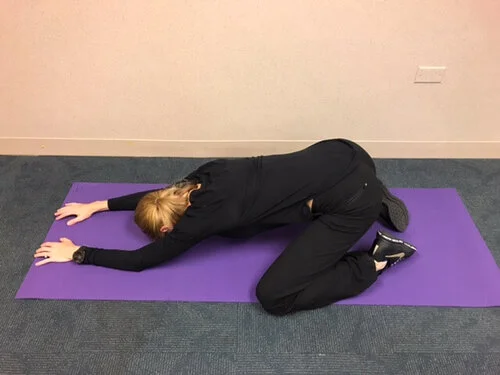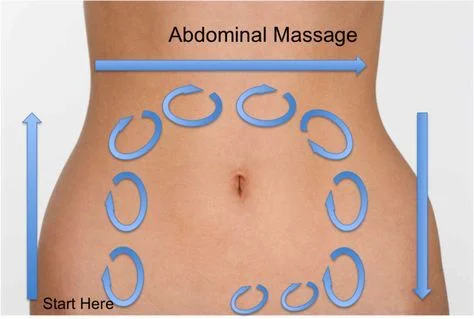Digestive Disorders and Physical Therapy
How physical therapy can help manage digestive disorders and improve gut health.

By Alaina Dunning, DPT
How You Can Get from Relief from Digestive Disorders in a Conservative Way
I am a PT who was diagnosed with my own digestive disorders, so it felt so liberating to find out there are ways that I could improve my daily symptoms through physical therapy. Since this is something that is a part of my life, and I know there are so many individuals also going through the same thing, I thought I would talk today about how physical therapy can help you too.
Some of the primary digestive disorders seen in physical therapy include constipation, inflammatory bowel disease (IBD), and irritable bowel syndrome (IBS).
Not Going Enough?
One of the most common diagnoses is constipation. Especially constipation that is chronic in nature, meaning that it lasts greater than 3 months. Constipation can be defined as an inability to have a bowel movement or difficulty having a bowel movement. Essentially, it’s difficult to poop, and it’s not happening very often!
The norms for recommended number of bowel movements each week range from three a day to three a week. Check out the different types of stools here. If you find yourself on the lower end of this range, you might be experiencing some symptoms of constipation including bloating, abdominal pain, or nausea.
How Does Physical Therapy Help with Constipation?
We begin by discussing your diet, including hydration. Diet alone can be the primary cause of constipation! Additionally, difficulty having a bowel movement can be caused by tightness of your pelvic floor muscles.
With tightness of the pelvic floor, you are unable to fully relax in order to allow a bowel movement. This is treated with relaxation exercises, proper breathing techniques, manual therapy, and education on proper toileting positions and habits. We can reduce the impact your constipation has on your daily life with these methods.
What are some other Digestive Disorders?
Other digestive disorders often addressed are IBD or IBS. These disorders can cause pain, muscle tightness of both the abdomen and pelvic floor, and/or pelvic floor weakness. Your muscles will tighten up around the location of pain to attempt to protect itself when you are living with chronic pain. The tension associated with these muscles can cause additional pain symptoms and reduced mobility. This can be addressed with relaxation exercises, stretching, and manual therapy.
Additionally, IBD and IBS can be associated with pelvic floor weakness. This can lead to incontinence where you have leakage of your bowels or urine. Many patients with these disorders can have symptoms of incomplete emptying when having a bowel movement or feeling they have really “messy” bowel movements due to poor muscle control. These symptoms can be addressed through pelvic floor, hip, and abdominal strengthening.
Pelvic Floor Physical Therapy Can Help!
These are just a few of the many digestive disorders and treatments that are seen in physical therapy. If you find yourself having symptoms of abdominal pain, difficulty with bowel movements, urinary leakage, changes in your urinary or bowel habits, or a general feeling of weakness in the pelvic region, pelvic floor physical therapy can be a great option for you! If you are finding yourself wondering if your symptoms are something that can be improved with physical therapy, feel free to give us a call, and we would be happy to discuss your options!
Here's Some Physical Therapy Homework!
I have also added a few exercises below to get you started at home!
Child’s Pose Stretch: Child’s pose is a great position for opening up your pelvic floor and taking pressure off of your abdomen, especially on the days where you are feeling more pressure and sensitivity in your belly. Make sure to allow yourself to completely relax into this position and let your legs spread wide to get a good stretch of the lower belly and pelvic floor. I recommend holding this stretch for 30 seconds and performing it for 3 repetitions each day.
 https://www.nafc.org/bhealth-blog/pain-during-sex-you-may-need-to-relax-the-pelvic-floor
https://www.nafc.org/bhealth-blog/pain-during-sex-you-may-need-to-relax-the-pelvic-floor
Abdominal Massage: Begin at your lower right abdomen, applying a gentle pressure with your hand into your abdomen and making small circles for 5-10 seconds. Stop and move a few inches up and perform small circles again. Work your way up stopping when you reach your lower rib cage. You will then continue moving across your abdomen and finally working down the left aspect of your abdomen as seen in the visual below. This can be done everyday as needed for improving the movement of your bowels and releasing some of the tension in your abdominals.
<figure>Topics Covered:
About Alaina Dunning
Licensed Physical Therapist specializing in pelvic floor therapy and women's health.
Learn more about our team →Questions About This Topic?
Our expert team is here to help answer your questions and provide personalized care.



